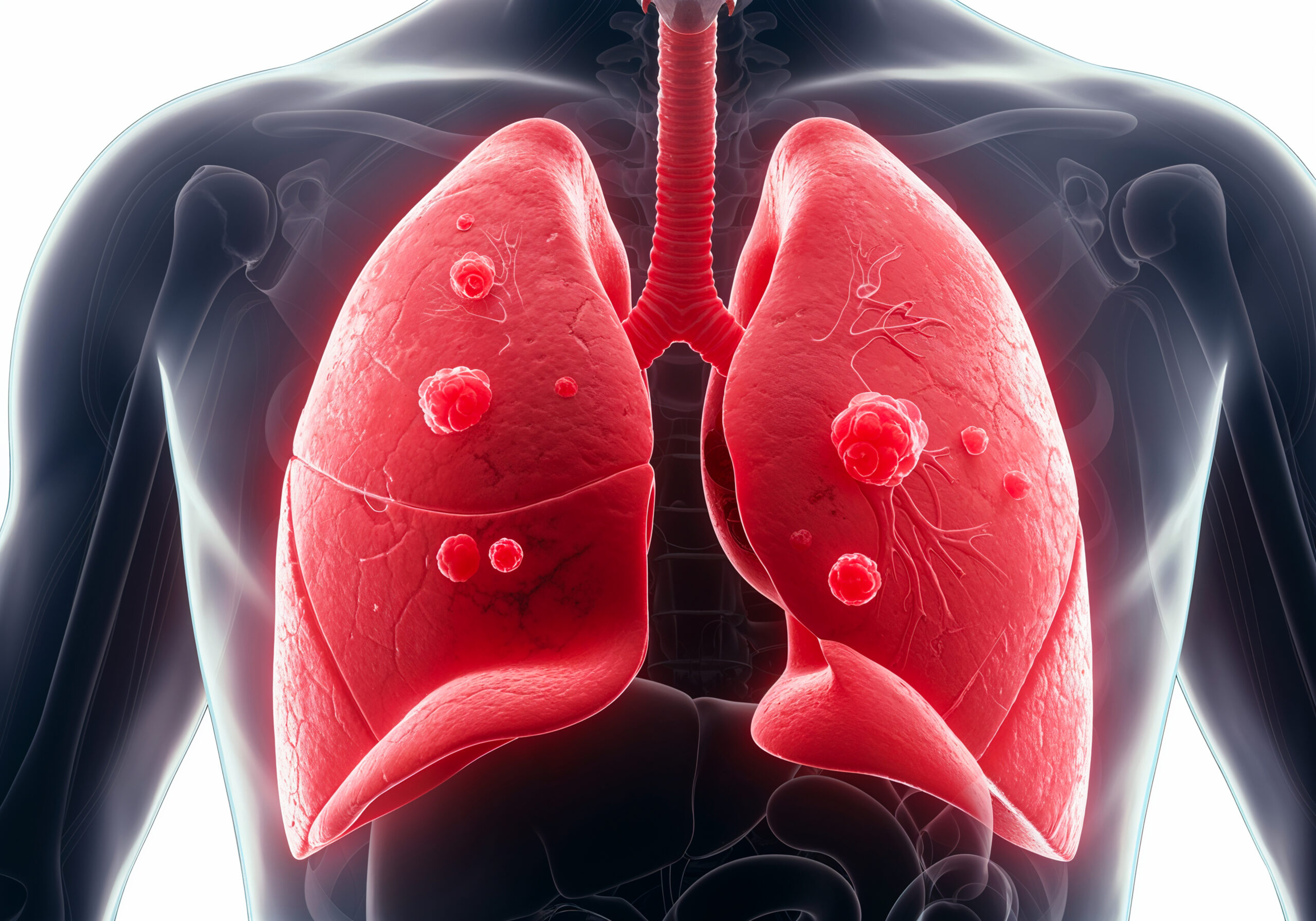Life Insurance Underwriting: Lung Nodules

Key Considerations:
- Lung nodules are quite common among older applicants
- Most lung nodules are benign and do not require a rating
- Newly diagnosed nodules are of greatest concern for underwriters
- Some insurers make offers where others postpone or decline
- Proven benign lung nodules are often classified as preferred risks
- Learn more: The American Lung Association on lung nodules
The Challenge Underwriting Lung Nodules:
Life insurers often postpone offers for applicants with newly discovered lung nodules – but not always. Nodule size, appearance (calcified or not), and the number of nodules play a major role in underwriting. While most nodules are benign, some may turn out to be early stage lung cancer. Therefore, our challenge is to develop sufficient reassuring evidence to convince the medical director that the nodules identified are inconsequential, and a preferred underwriting classification is appropriate.
Underwriting Options for Applicants with Lung Nodules:
“My primary life insurer declined life insurance for my client due to lung nodules, can you help me?” Maybe! Carriers use proprietary underwriting criteria to classify risks. For lung nodules, size is a key variable. Some carriers are OK with a new incidental finding of a certain sized lung nodule, while others will not make an offer. As with most underwriting challenges, carrier selection is key to success!
Best Case Scenario:
Some life insurers can offer preferred rates to applicants with newly identified lung nodules. To qualify for this exception, the nodule cannot be larger than 6mm and the applicant cannot have any of the following:
- History of smoking
- History of lung disease
- History of radiation therapy
- Family history of lung cancer
If all of the above applies, then it makes sense to develop additional information to identify the best carrier and model expected pricing.
Underwriting Questions:
Answers to the following questions will help our medical underwriting directors negotiate the best possible rates on your behalf. The more detail we can give them, the more accurate their recommendations:
- When were the lung nodules first discovered?
- How many nodules were found?
- How large is the largest nodule?
- Have the nodules changed in size, shape, or number over time?
- Have you had recent imaging studies (CT or PET scans)? When? What did they show?
- Have you had biopsies? When? What did they show?
- Have the nodules been diagnosed as benign, malignant, or indeterminate?
- Do you have a history of lung disease (e.g., COPD, pulmonary fibrosis, tuberculosis)?
- Have you ever been treated for any type of cancer?
- Do you currently smoke, or have you smoked in the past? If so, how much and for how long?
- Do you have a history of occupational exposure to asbestos, silica, or other lung irritants?
- Do you have a family history of lung cancer?
- Are you under regular surveillance by a pulmonologist or oncologist?
- Have you undergone any treatments (e.g., surgery, radiation, chemotherapy)?
- Are you taking medications related to lung health or cancer prevention?
- Have you been diagnosed with any other medical condition? If so, please tell us what was diagnosed, when, and how the condition(s) are currently treated.
Get Your Client Covered & You Paid!
For an initial underwriting consultation, carrier selection, and estimated policy pricing, please call us at (562) 431-400, connect with your CPS Advantage marketing representative, or send us an email. Let’s get together with our medical underwriting directors, get your client covered, and you paid!

